Disrupting for Good: AI, ...
Online Conference
28 Jan 2026 / 29 Jan 2026 read more

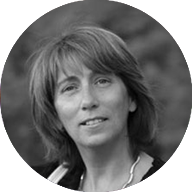
Associated professor of Architecture and Urban Design, Civil Engineering and Computer engineering Department, The University of Rome “Tor Vergata”.

Professor at the Urban Planning Department of Architecture, Polytechnic School University of Palermo, Italy.
Marwa Eid
Conference Coordinator
[email protected]
(+20) 3 5763827 | (+20) 3 5763828
(+20)1000028021
Subscribe to our newsletter
The Seventh Edition of the International Conference “Green Urbanism” was held in collaboration with the University of Rome Tor Vergata, Italy. and took place virtually from 11 – 12 December 2023.
The Conference offers an interdisciplinary forum in the fields of Architecture, Green Buildings, Urban Design, Green Infrastructure, Urban Panning, Developing Cities, Built Environment, Waste Management, Energy Efficiency, Green Cities, Sustainability, Public Transportation, and Green Architecture, among many others.
The conference covered a wide array of topics that pertain to the Green Buildings and Architecture. Some of the main topics that were discussed include:
Day 1:
Welcoming session:
The Opening Ceremony started with the online registration and welcoming speeches from the Conference Chair and IEREK’ founder.
First Presentation about IEREK introducing IEREK as a company and its activities to the audience.
Following IEREK’s introduction, short welcoming speeches were given by Prof. Nathan Levialdi Ghiron Rector of Tor Vergata University of Rome, Italy and Prof. Renato Baciocchi, Director of Department of Civil Engineering and Computer Science Engineering ,Tor Vergata University of Rome, Italy followed by speech from the conference chair Prof. Antonella Falzetti, Full Professor of Architecture and Urban Design, Civil Engineering and Computer Engineering Department, Tor Vergata University of Rome , Italy and conference Co-Cahir Prof. Ferdinando Trapani, Associate Professor of Urban Planning, Department of Architecture, University of Palermo, Italy.

Plenary Session:
A Plenary session followed introducing the first keynote speaker Emilio Padoa Schoppa, Associate Professor of Ecology, University of Milan Bicocca, President of Italian Society of Landscape Ecology. Whose Speech was entitled: “Urbanization into the Anthropocene Epoch”.
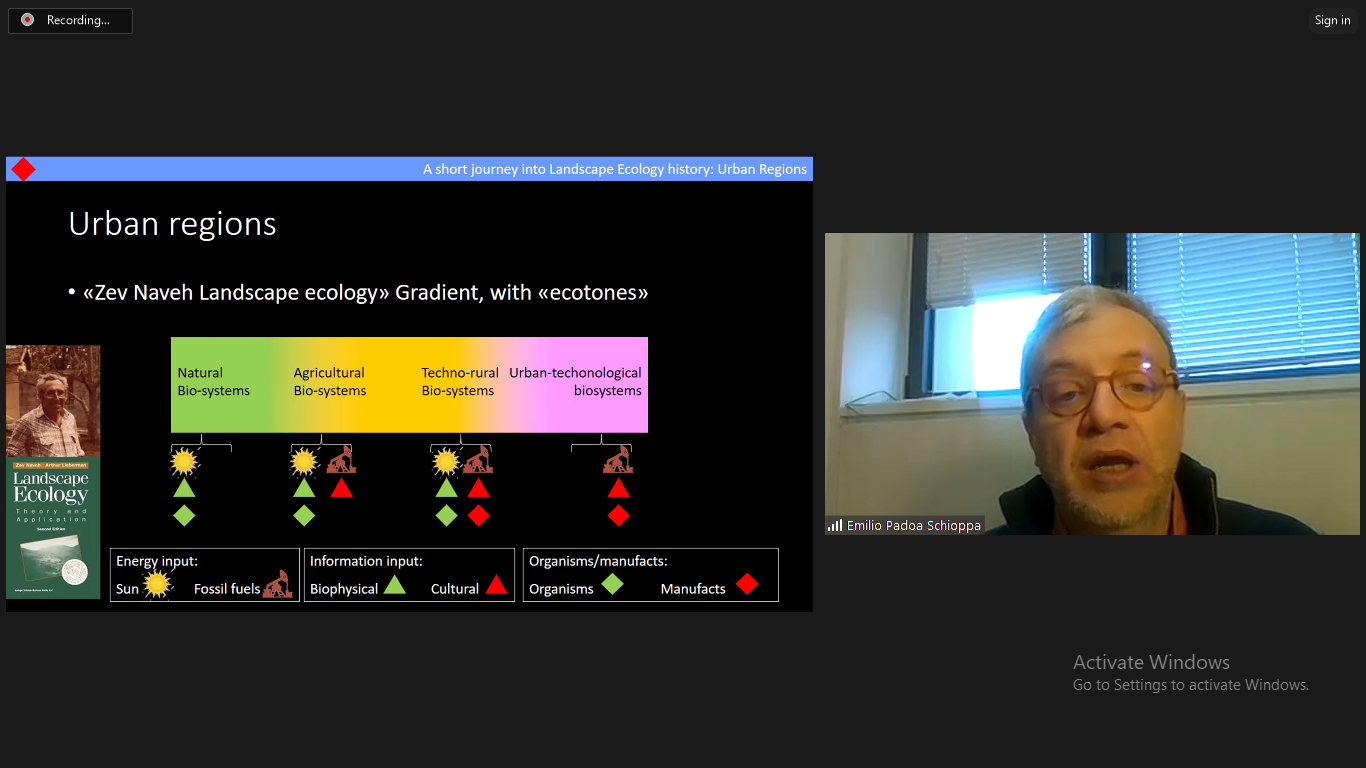
The second keynote speaker was Prof. Ina Macaione, Associate Professor, Department of “Culture of Europe and Mediterranean, Architecture, Environment and Cultural Heritage”, University of Basilicata, Italy. Whose Speech was entitled: “Climate Change vs Architecture?”.
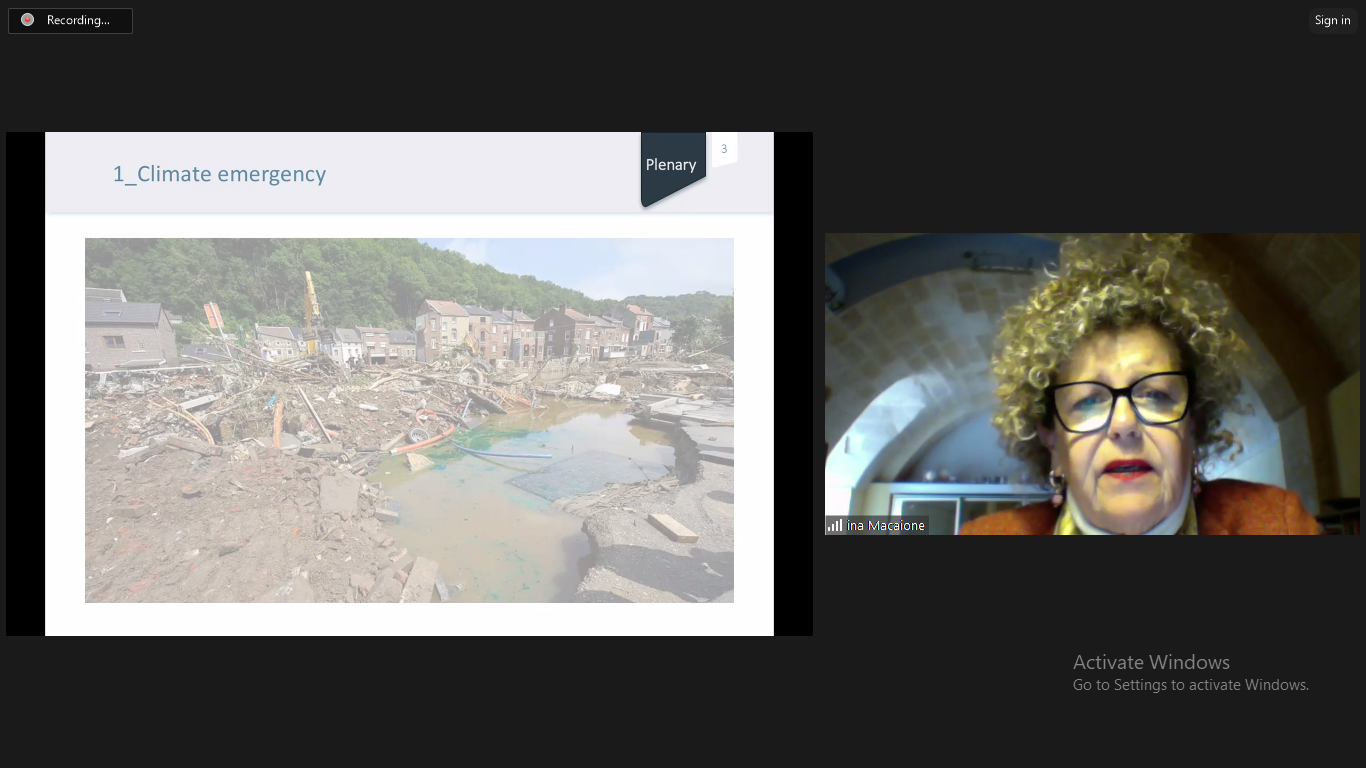
After the Keynotes Speeches was the First Session of the conference titled “Sustainability in Future Green Cities” The Session was Moderated by Prof. Gianluigi Pirrera, University of Naples Federico, Italy, Prof. Annalisa Contato, University of Palermo, Italy and Prof. Giulio Minuto, University of Rome Tor Vergata, Italy The session had Elven presentations before a short break.
After the short break it was the second session of the conference titled “Green Infrastructure and Sustainable Environment” The Session was Moderated by Prof. Annalisa Contato, University of Palermo, Italy, Prof. Giulio Minuto, University of Rome Tor Vergata, Italy, and Prof. Bianca Andaloro, University of Basilicata, Italy. Nine presentations were discussed during the second session and concluded the first day of the conference.
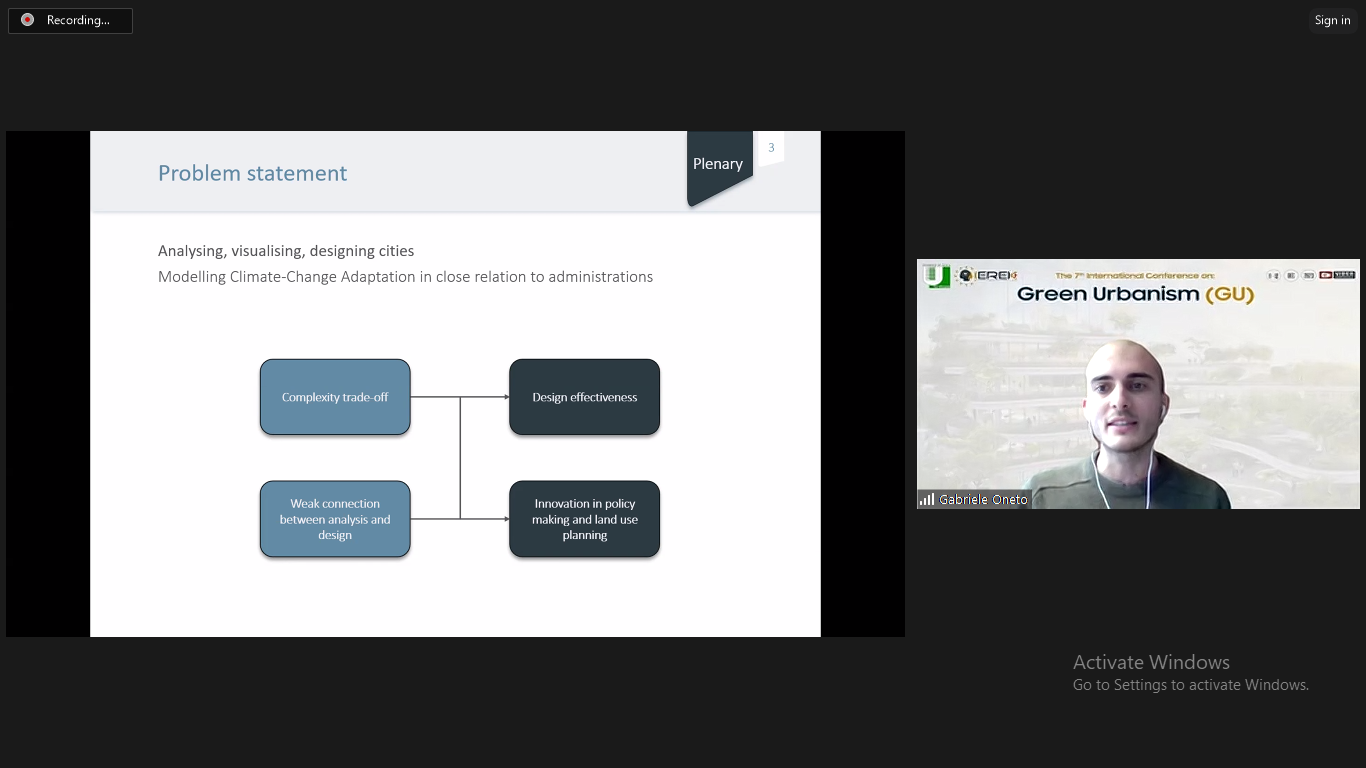
Day 2:
The Second day of the conference started with introducing the third Keynote Speaker Dr. Meenal Surwar, Assistant Professor, Department of Architecture and Planning, Visvesvaraya National Institute of Technology, India. Whose speech was entitled “Urban Heat Island Effect in the Context of Indians Cities”.

The fourth keynote speaker was Prof. Pechladda Pechpakdee, Phd, Faculty of Architecture, Urban Design, and Creative Arts, Mahasarakham University, Thailand. Whose Speech was entitled: “Harmonizing Urban Tourism and Aerotropolis Development with Green Urbanism: a Path to Sustainable and Inclusive”.
The fifth keynote speaker was Prof. Michele Sbacchi, Associate Professor of Architecture Design at Department of Architecture, University of Palermo, Italy. Whose Speech was entitled: “Architecture and the Sick Planet”.
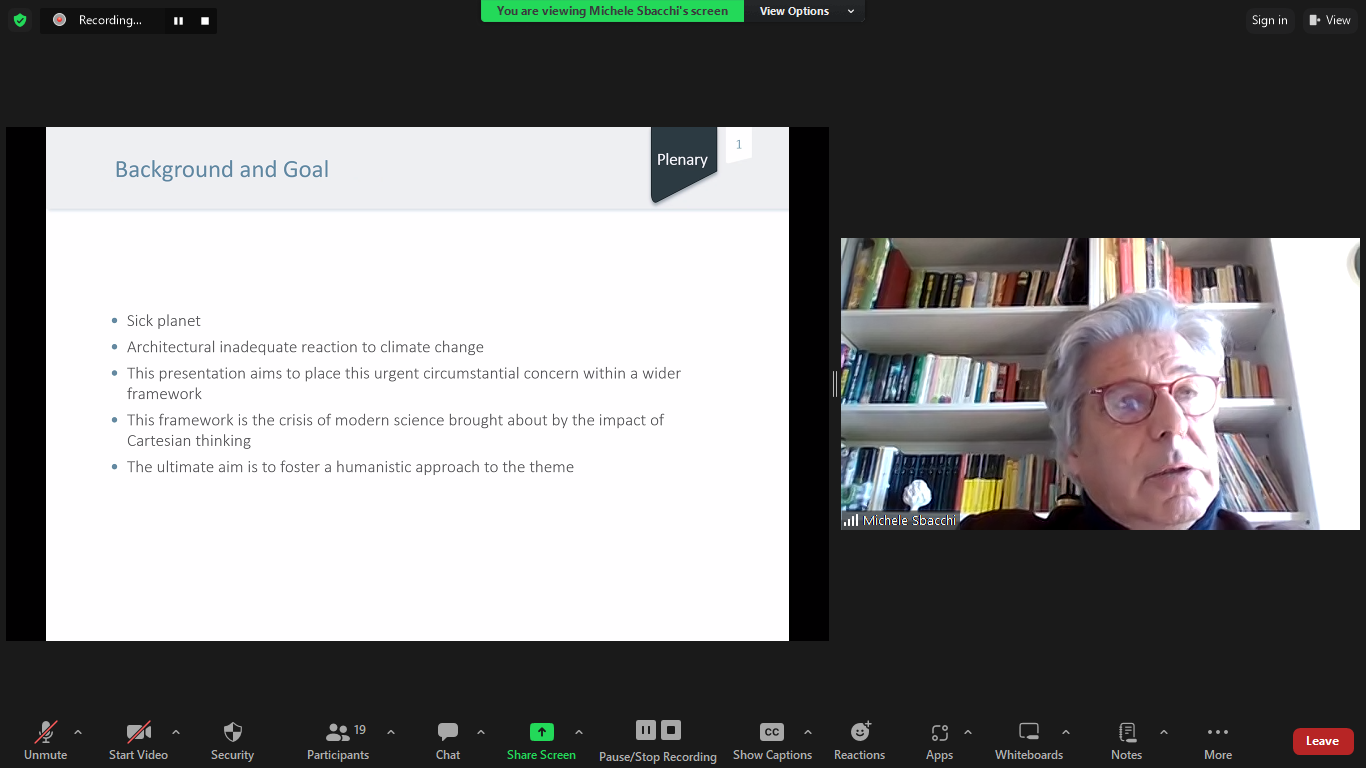
After the Keynotes speeches, the third Session entitled “The Transition of Sustainable Green Environments” The Session was Moderated by Prof. Guglielmo Di Chiara, from Italian Society of Landscape Ecology, Italy, Prof. Claudia Canedoli, University of Milano Bicocca, Italy, and Prof. Donatella Valente, University of Salento, Lecce, Italy. The session had Seven presentations before a short break.
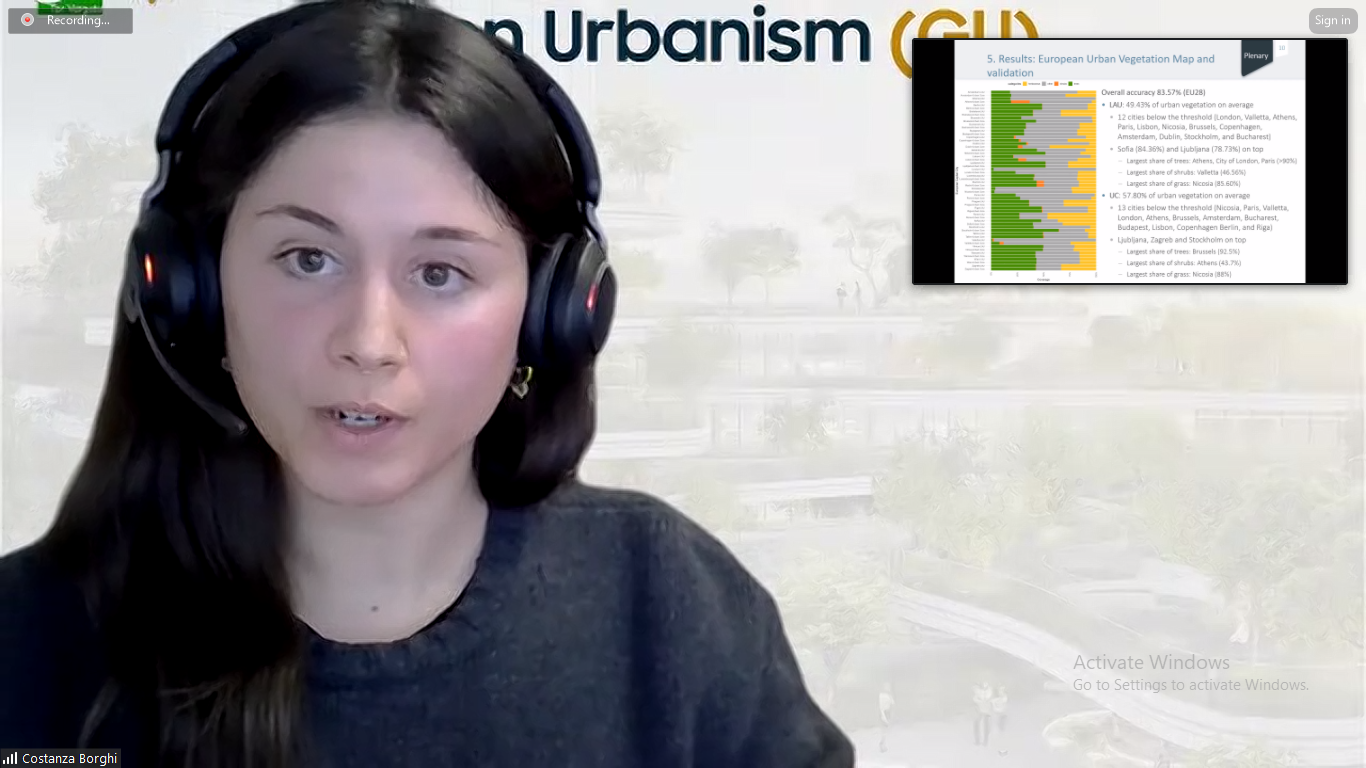
After the short break it was the fourth session of the conference titled “Zero-Emissions and Zero-Waste for a Better Urban Performance” The Session was Moderated by Prof. Guglielmo Di Chiara, from Italian Society of Landscape Ecology, Italy, Prof. Claudia Canedoli, University of Milano Bicocca, Italy, and Prof. Donatella Valente, University of Salento, Lecce, Italy. The fourth and the last session discussed ten Presentations.
Wrapping up, a discussion and a Questions and Answers session followed by the final remarks and a closing ceremony was held, and the conference was concluded after feedback was discussed in the session.
The principle of Green Urbanism focuses on zero waste, zero emission, recycling, and natural resources. It aims to bring back a clean environment, water sanitation, and a better quality of life. It is a breath of fresh air when it comes to disciplines approaching urbanism, where cities focus on constructing motorways and prioritizing automobiles as a means of transport, Green Urbanism aims to implement a sustainable means of transportation within cities, that focuses on public transit systems, and the inclusion of pedestrians and cyclists on roads.
When mentioning Green Urbanism, Barcelona’s well-renowned superblocks come to mind instantaneously. The cities’ structures are an exemplar of green urbanism application. They promote walking and cycling as a means of transport rather than the use of automobiles, thus eliminating intrusive traffic and the pollution associated with it within the block, while the ingenious design promotes the efficiency of public transit systems, due to the density of people living within the superblocks. Verdure and greenery are commonplace within these superblocks, promoting the well-being of their inhabitants and helping mitigate the effects of climate change.
While Barcelona’s superblocks offer a dream to strive towards, the mirror image of their quest towards a greener future exists mostly in developing cities, whose population growth outpaced their planning efforts. Within these cities, the urban sprawl has taken hold, causing a rise in crime rate, rampant noise & air pollution, automobile reliance, and difficulty in resource & waste management. Often times these cities choose to further expand motorways to ease traffic, rather than transitioning away from reliance on vehicles that use non-renewable sources of energy. This, however, is simply an unsustainable approach, that will cost us our continuation on our planet, and cost the cities’ inhabitants a livable and comfortable life, introducing a slew of health complications.
Following this green quest, IEREK is now organizing the 7th Edition of the International Conference on Green Urbanism. Complementing the previous editions and following their success, this conference will discuss many topics such as the general principles of green urbanism, green infrastructure, improving urban performance, and the transformation to the desired sustainable green environment.
IEREK invites all academics, researchers, practitioners, and stakeholders to the 7th edition of the GU Conference to discuss and present the current advancements and case studies for sustainable urban planning.
Scope
The 7th “Green Urbanism (GU)” conference brings about a healthy discourse on topics pertaining to the concept of green urbanism, environmental resilience, and the implementation of sustainable urban planning techniques. GU covers topics depicting contemporary innovations in waste management, sustainable energy resources, urbanization of rural areas, and green urban transit. The conference peers further into the concept of Green Urbanism, discussing environmental conscious design on a building scale by utilizing climate-responsive architecture and regenerative design, and on a logistical scale by deliberating upon transit hubs, supply chains, and freight transport.
Statement of Purpose
The planet is rapidly changing due to mankind’s actions, and the devastating effects of climate change are only beginning and will worsen unless we act. The way mankind interacts with nature and the environment has proven to be unsustainable, and the destination from which the path we are on leads is unfavorable, to say the least. GU aims to echo the voice of science and reason, that scientists and environmentalists have been championing for decades, calling for action, and a shift towards sustainable method implementation in multiple aspects of life. The GU conference thus looks to increase awareness about the effects of climate change, and publicize contemporary discoveries in the mitigation of its destructive effects in urban areas.
1.1 The Evolution of Green Urbanism
1.2 Formulating the Principles of Green Urbanism
1.3 Urban Design for Nature, Conservation of Natural Resources
1.4 Passive Designs: Green Buildings for Sustainable Use
1.5 Green Districts: Bike, Cycles, and Pedestrians’ Corridors
1.6 The Sense of Identity in Green Urban Cities
2.1 Urban Growth of Developing Cities
2.2 City Urban Form and Natural Resources
2.3 Landscape, Gardens, Streetscapes, and Urban Biodiversity
2.4 Urbanization of Rural Area: Energy, Water, and Food Security
2.5 Urban Governance, Leadership, Best Practices, Research, and Awareness
2.6 Green Buildings: Technologically Advanced and Environmentally Friendly
3.1 Green Infrastructure and Social Services
3.2 Sustainable Freight Transport and Supply Chains
3.3 Strategies of Urban Sustainable Public Transport
3.4 Urban Information and Communications Technology (ICT) and Sustainable Networks
3.5 Innovation and Advancing in Urban Design
3.6 Climate Responsive Architecture: Solar Architecture and Renewable Energies
4.1 Regeneration of the City Centre and Urban Transit Hubs
4.2 Waste Management, Pollution, and Health Risks
4.3 Energy Efficiency in the Built Environment
4.4 Effects of Sustainable Environments on Human Health
4.5 Advancing Solutions towards Zero Waste Cities
4.6 Zero-emission and zero-waste urban city design
5.1 Green Initiatives for Sustainable Development
5.2 Innovations and Technologies toward Built Environment
5.3 Creative Environments: Sustainable Places of Living, Working, and Recreation
5.4 Urban Ventilation: Confrontation of Heat Island Effect
5.5 International Case Studies: Strategies for New Cities' Proposals in Developing Countries
5.6 Sustainably Green Reconstruction and Preservation of Old Cities
All accepted submissions to the conference, after a rigorous double-blinded peer-review process by the respective and a highly-extinguished Editorial Board, will be published in one of the following:
 Advances in Science, Technology and Innovation (ASTI), an IEREK Interdisciplinary book series published by Springer Nature. (Scopus indexed)
Advances in Science, Technology and Innovation (ASTI), an IEREK Interdisciplinary book series published by Springer Nature. (Scopus indexed) About ASTI
Advances in Science, Technology & Innovation (ASTI) is a series of peer-reviewed books based on important emerging research that redefines the current disciplinary boundaries in science, technology and innovation (STI) in order to develop integrated concepts for sustainable development. It not only discusses the progress made towards securing more resources, allocating smarter solutions, and rebalancing the relationship between nature and people, but also provides in-depth insights from comprehensive research that addresses the 17 sustainable development goals (SDGs) as set out by the UN for 2030.
The series draws on the best research papers from various IEREK and other international conferences to promote the creation and development of viable solutions for a sustainable future and a positive societal transformation with the help of integrated and innovative science-based approaches. Including interdisciplinary contributions, it presents innovative approaches and highlights how they can best support both economic and sustainable development, through better use of data, more effective institutions, and global, local and individual action, for the welfare of all societies. The series particularly features conceptual and empirical contributions from various interrelated fields of science, technology and innovation, with an emphasis on digital transformation, that focus on providing practical solutions to ensure food, water and energy security to achieve the SDGs. It also presents new case studies offering concrete examples of how to resolve sustainable urbanization and environmental issues in different regions of the world. Read More.
The ASTI series is fully indexed in Scopus and any chapter/ paper published as part of this series will be seen on the Scopus database. Some titles have been successfully indexed or submitted for indexation in Web of Science (ISI).
 IEREK Press Journals, a multidisciplinary publisher that aims to cultivate and disseminate research.
IEREK Press Journals, a multidisciplinary publisher that aims to cultivate and disseminate research.
ESSD is a peer-reviewed, scholarly journal that aims to systematically develop the research-driven curiosity and evidence-based discourse of aspiring scholars that seek to contribute to the academic community. As the world is currently living in an age of information where sources are widely available on the Internet, we at ESSD seek to efficiently utilize the available information to help create robust and evidence-based knowledge. In the process, we offer researchers, in general, and young and aspiring ones in particular a quicker way to get their work published and gain exposure through online open access. We pride ourselves on getting submitted work to be published quickly, through the use of our worldwide pool of subject specialist peer reviewers. Find out more about ESSD International Journal here.

ARChive is an open-access journal that publishes conference proceedings on a wide range of topics relating to social sciences. Consequently, it accepts original research papers on a wide spectrum of subjects. ARChive is a journal published on behalf of researchers that perpetually make an effort to contribute to their fields and provide them with high visibility of research submitted. The series publishes, both, theoretical and experimental high-quality papers of current and perpetual interest. It serves to cultivate, propagate, and essentially archive academic research that has been authored and submitted for academic conferences.
Find out more about ARChive International Journal here.

Resourceedings is an open access journal that publishes conference proceedings. Conference proceedings compromise of different disciplines, ranging from Engineering including built environments, architecture, and sustainability. Disciplines also include Technology and Energy. Resourceedings is a journal that publishes research articles that shed light on different crucial issues in order to provide them with solutions and suggestions. The journal publishes articles submitted by researchers of interest in different fields.
Find out more about Resourceedings International Journal here.
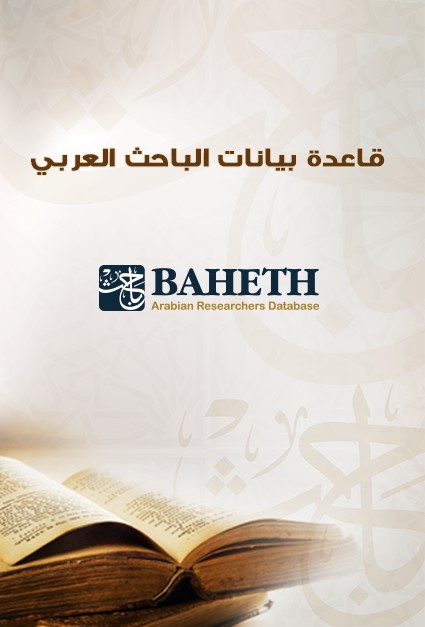
“BAHETH” in Architecture, Engineering, and Technology, is a peer-reviewed journal that publishes original academic research in the fields of Architecture, Engineering, and Technology. The journal welcomes research in the Arabic Language with an English Abstract. Papers submitted to this journal in Arabic must be presented in the English Language in the conference.
Find out more about BAHETH International Journal here.
| Title | Date |
|---|---|
| Abstract Submission Deadline | 20 Oct 2023 |
| Last Notification for Abstract Acceptance & Approval to present | 25 Oct 2023 |
| Regular Payment Deadline | 30 Oct 2023 |
| Extended Abstract / Short Paper Submission Deadline | 20 Nov 2023 |
| Notification of acceptance/ rejection of submitted extended abstract/ short paper | 30 Nov 2023 |
| Late Payment Deadline | 31 Nov 2023 |
| Conference Program | 11 Nov 2023 |
| Conference Launch | 11 Dec 2023 |
| Student / partner university only | Academic | Professional | Deadline | |
| *ID must be shown | *Affiliation must be provided | *Affiliation must be provided | ||
| Author Participation (Consideration in the ASTI Book by Springer) | ||||
| Regular Payment | 250 € | 300 € | 350 € | 30 Oct 2023 |
| Late Payment | 300 € | 350 € | 400 € | 31 Nov 2023 |
| Author Participation (Consideration in the IEREK Press Journal) | ||||
| Regular Payment | 200 € | 250 € | 300 € | 30 Oct 2023 |
| Late Payment | 250 € | 300 € | 350 € | 31 Nov 2023 |
| Co-author/ Audience | ||||
| Regular Payment | 50 € | 100 € | 100 € | 30 Oct 2023 |
| *Authors may request that their kits be delivered, for an additional fee decided by the courier, and upon request. Alternatively, authors located in Egypt can pick them up from Cairo/ Alexandria office. | ||||
| Additional Conference Kit (Excluding Delivery) *Contact us for a quotation on shipping fees. | 100 € | |||
Loyalty Membership Discounts
The more you attend, the more you're rewarded!
IEREK offers its loyal participants with the following discounts depending on his/her attendance:
|
Attendance |
Second |
Third |
Fourth |
Fifth |
|
Discount |
5% |
10% |
15% |
20% |
*The aforementioned discounts are only applicable during Regular and Late Payment times. For more information, please refer to 'Important Dates'.
Payment Methods
Payment of the registration fee can be made via the following methods (only after online registration):
1. Bank transfer
Bank Account Name/ Beneficiary Name: COEUS INSTITUTE GMBH
Beneficiary (COEUS) Address: Simmlerstr. 17, 75172 Pforzheim, Germany
Bank Account (EUR): 5210755
Bank Name: Sparkasse Pforzheim Calw
IBAN: DE75 6665 0085 0005 2107 55
SWIFT/BIC: PZHSDE66XXX
Post Code: 75172
2. Online payment gateway (PayPal)
Participants who would like to complete their payments online must send a request to the conference coordinator/ email and CC [email protected] to receive a customized link to complete their payments.
3. Cash in IEREK branches
Payment in person can be arranged. Please contact the conference coordinator/ Email to receive further information.
Payment Terms and Guidelines:
The Confirmation/Payment Completion period will take place from 20 Sep 2023 to 30 Nov 2023. Regular payment discounts are available till October 2023. Read more on Important Dates. For information on payment dates, kindly send a request to the conference coordinator/email and CC [email protected] to receive payment details to complete the payment.
Authors who have registered and completed payment for virtual attendance CAN request a change to physical attendance. However, a change from physical to virtual is NOT possible.
After online registration and payment, the registration fee cannot be reimbursed.
Final Acceptance/ rejection of your full/ extended paper (if submitted) can only be given after the peer review process.
Inclusion in the conference program, acceptance letters issuance and consideration for publication must be preceded by registration and payment completion.
Online Payment (only) should only be completed once a proforma invoice is issued with respective instructions for successful payment.
Contact our Financial Department for inquiries/ requests.
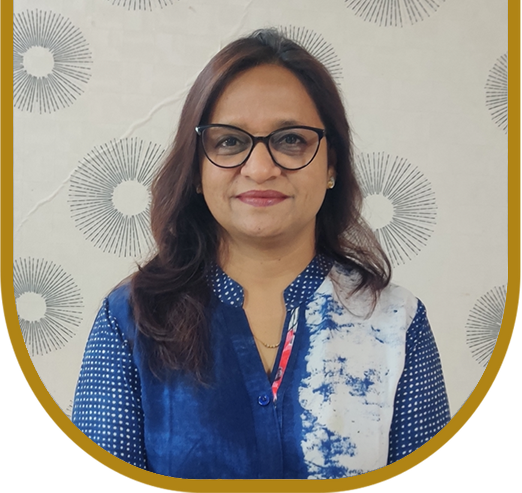
Dr. Meenal Surawar, is an Assistant Professor in Department of Architecture & Planning at Visvesvaraya National Institute of Technology, Nagpur, which is one of the Central Government Institute of National repute. She is a recipient of doctoral degree having her PhD thesis on Urban Heat Island studies & has 24 years of experience in professional practice & in academics. She published several refereed journals & international conference research papers, organized & attended various workshops in her tenure. Her core competencies are Urban Heat Island, Geographic Information Systems & Remote Sensing, Photogrammetry & Image Interpretation, Housing, Architectural Design, Landscape Design, Climate Responsive Architecture,Theory of Architecture & Net Zero Energy Efficient Building Design. Currently she is researching Urban Heat Island impact in various aspects such as Urban Sprawl, Urban Growth Boundaries, Compact Cities, Water scarcity, Walkability & Building Envelope. She is an avid reader & has a unique voice that shines in her recently authored book, ‘ACUMEN of Architectural Built’ published in Jan 2, 2023, by Metro Books, N. Delhi, wherein she tries to highlight an emergent need to understand & analyse an architectural form. She wanted to contribute through her journaling, to the much wider freshmen, which are our future assets to build a sustainable environment
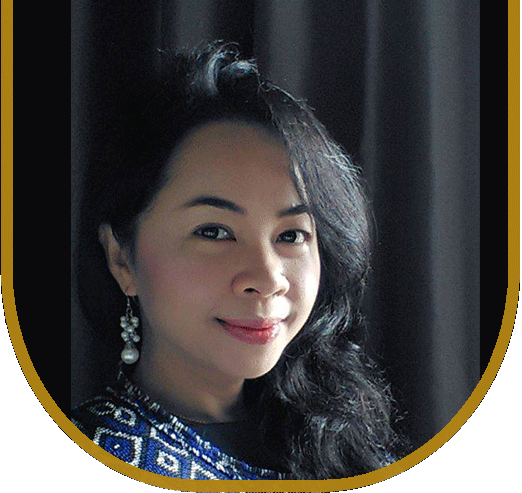
Dr.Pechladda Pechpakdee is alecturer, an Urban designer, and a consultant with extensive experience in urban design, urban development, and urban governance particularly in the context of Thailand and southeast Asia. Her research interests focus on sustainable and wqyuitable approaches to urban development as follows: - Secondary Cities: she explores the factors contributing to the growth and development of secondary cities and their potential to serve as hubs for sustainable Urbanization. - Smart Cities: She examines the intergration of smart city Technologies into urban planning and governance, particularly in secondary cities, sustainability and livability. - Urban Covernance: She analyzes the effectiveness of urban governance structures and processes in pormoting sustainable development, water governance, and addressing urban challenges. - Urban Planning: She investigates the role of urban planning in shaping sustainable and equitable urban evironments and community waste management, emphasizing resource efficiency and social inclusion. - Urban Development: She critically evalutes urban development strategies and projects, idntifying best practices and challenges in achieving sustainable urban growth. She has a proven track record combining research, practice, and consulting to address urban Challenges.
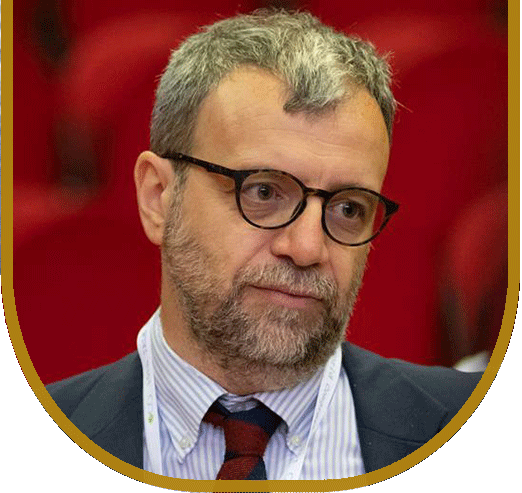
Prof. Emilio Padoa-Schioppa is associate professor of Ecology at the Unversity of Milan-Bicocca, where he teaches Landscape Ecology, Biology, Didatics of Biology and 4 courses at Doctoral School (Introduction to sustainability, Sustainability trough lens of historical sciences, Advanced Human ecology, Ecosystem services). He founded the Research Unit of Landscape Ecology. In his research he has dealt with the study and management of urban biodiversity, planning of ecological networks, restoration of degraded habitats, conservation and monitoring of species, habitats and landscapes, evaluation and definition of ecosystem services. He is the author of more than 130 publications, including scientific articles, book chapters and technical reports. he has written 3 books in Italian(2014, Tools and methods for learning and teaching biology, Edises; 2021 Anthropocene, a new era for the Earth, a challenge for humanity, il Mulino; 2023 Ecological history of Europe. A continent in the Anthropocene, il Mulino). He's president elected of the SIEP-IALE (Italian Society of Landscape Ecology, Italian Chapter of IALE) and he was the organizer of 2019 IALE World Congress in Milan.
Registration
To help the organizers plan for inter-disciplinary dialogue, participants are requested to choose from the conference themes/ Topics upon registration.
They must also refer to, and abide by, the following instructions in registering and/ or submitting their contributions:
NOTE: If you are contributing as an Author of a submitted abstract (for publishing consideration and/or presentation), and regardless of attendance, the fee for the registration is the same. See and Conference Fees for more information.
Types of Participation
1. Attend/ Present Online and Publish in indexed Conference proceedings
The conference offers an Online attendance option for your convenience. That said, participants will have a chance to present their abstract/research, online, and have their work considered for publication in the ASTI Series by Springer as part of the conference proceedings.
See Author Instructions and Conference Fees for more information.
2. Registration to publish in the proceedings without presenting/ attending
If your full paper is accepted, it may be published in the conference proceedings book in the Advances in Science, Technology & Innovation Book Series by Springer (indexed in Scopus) even if you are not attending the conference. In this case, the accepted work will not be included in the final conference program. See Author Instructions and Publishing Opportunities for more information.
3. Non-presenting participant
Non-presenting participants may also wish to attend the conference as Audience Members or Co-authors contributing to an already submitted abstract/ paper. See Conference Fees for more information.
Notes to consider:
Send in your questions if you have any to the conference coordinator at the email [email protected]
Important Note:
IEREK has an unyielding policy regarding plagiarism. We believe that copying/taking the ideas and work of other Authors without permission and credit is fraudulent.The Reviewing committee and IEREK employees have the authority to reject a paper during its reviewing process, on the basis of the paper being subjected to either minor or major plagiarism.Authors must refer to, and abide by, the following instructions in submitting their abstracts/ papers:
This is not a prerequisite for presenting your work at the conference. Meaning, you can present your submitted abstract without intending to publish your work.
This process can only be initiated after payment completion and confirmation:
For IEREK's Provious Publications, Please Click here
- Green Urbanism (GU) - 1st Edition held in Roma Tre University, Rome, Italy in October, 2016.

- Green Urbanism (GU) - 2nd Edition held in Roma Tre University, Rome, Italy in December, 2018.


- Green Urbanism (GU) 3rd Edition held in University of Rome Tor Vergata, Rome, Italy in December, 2019.

- Green Urbanism (GU) 4th Edition held in University of Rome Tre, Rome, Italy in December, 2020.
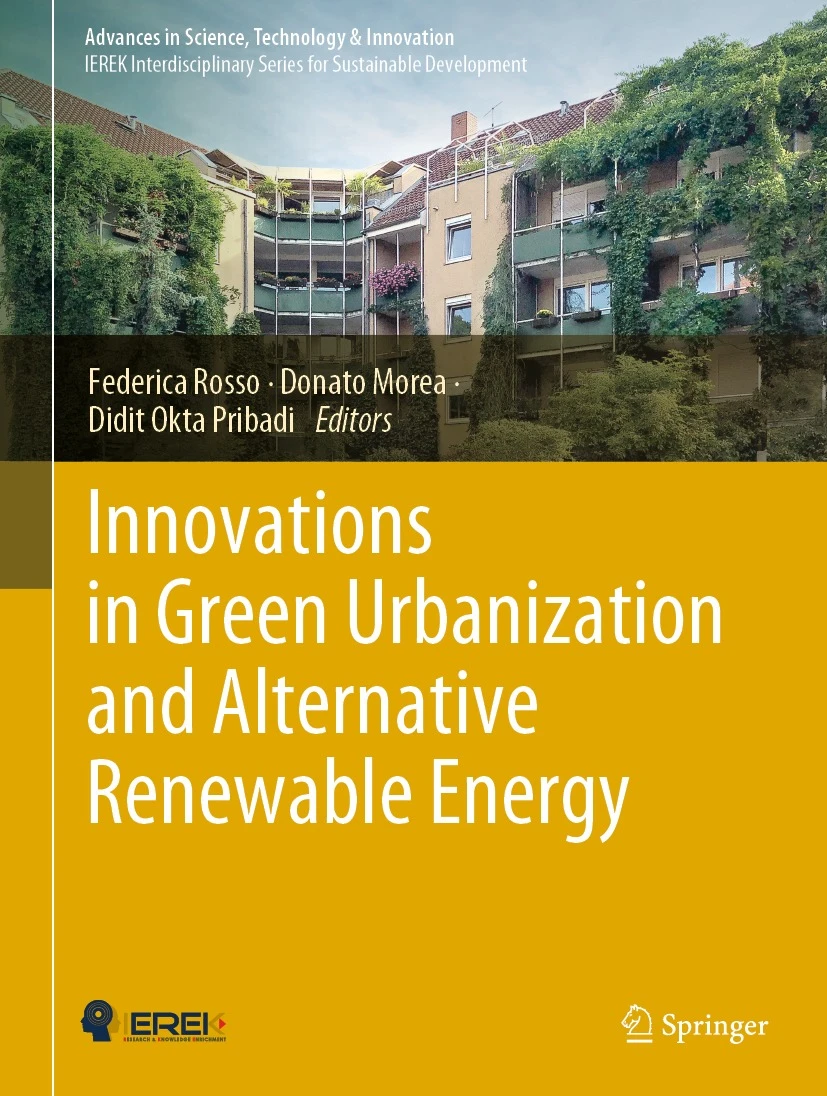
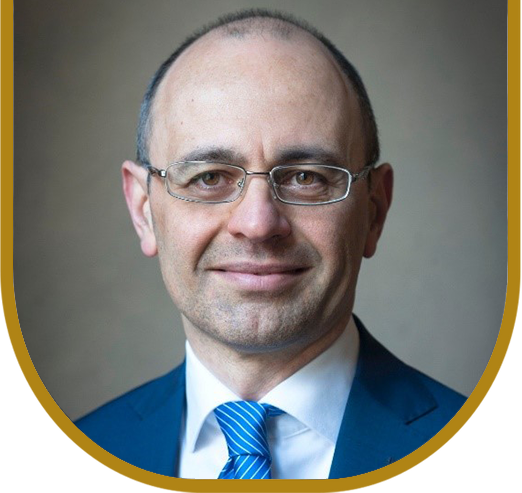
Donato Morea, Ph.D. in Business Engineering, is Professor (Assistant) of Business and Management Engineering at University of Cagliari (Italy). He is Head and Member of international and national research groups. He is in the Editorial Board of international scientific journals indexed Scopus and Web of Science. His main research interests are in the areas of sustainability and innovation. He has been speaker at many international scientific conferences. His papers have appeared in prestigious international scientific refereed journals and have been published in proceedings of international conferences, indexed Scopus and Web of Science.
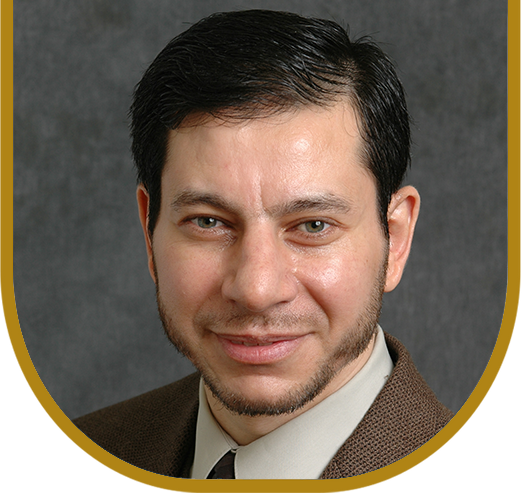
Dr. Kheir Al-Kodmany is a Professor of Urban Planning at the University of Illinois at Chicago (UIC). He has published several books and over 100 papers on various topics, including vertical urbanism, sustainable design, Geographic Information Systems (GIS), visualization systems, and public participation. He received numerous awards and secured grants for several hundred thousand dollars. Before joining the UIC faculty, Prof. Al-Kodmany worked for the Chicago firm Skidmore, Owings & Merrill (SOM).
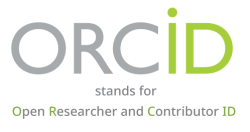
ORCID, which stands for Open Researcher and Contributor ID, is a global, not-for-profit organization that aims to provide unique identifiers for authors, researchers, and scholars. ORCiD effectively eliminates duplication and errors regarding author names, affiliations, previous works, and all related academic data.
IEREK is a proud member of ORCiD, and we contribute directly to their initiative of clear and identifiable markers for researchers and scholars. As the first Egyptian partner to ORCiD in the organization’s history, we strongly believe that by utilizing ORCiD’s database and verification services, we become one step closer to achieving an accurate, and identifiable academic landscape.
We encourage our authors to input their ORCiD ID when registering for one of our conferences, submitting an abstract, or a full paper. By doing so, you directly link your research to your identity and affiliation and can showcase your various academic efforts all in one place. By Registering your ORCiD ID, you also increase your works’ visibility and provide easy access to your entire library of research and academic activity.
Click here to learn more about ORCiD, and here to register your ORCiD ID for free.
Attending conferences is very beneficial, especially, on the professional level; conferences are full of people promoting new ideas which will expand your knowledge and undoubtedly help your career.
Moreover, all conference papers are archived online in the E-Library of IEREK‘s website where they are immediately and permanently available to the international scientific community.
Delegates in any event who cancel their registration due to special circumstances will receive refunds according to the following:
| Cancellation Policy | Up to 60 days before the event | 59 days before the event |
| Penalty | 20% | 100% |
A refund is not possible if
- An acceptance letter has been issued (Authors only)
- The proceedings of the event have been published (Authors only)
- A submitted manuscript is rejected by the editorial board after going through peer review.
The print ISSN number of the International Conference on "Green Urbanism (GU)" is
The online ISSN number of GU conference is

Prof. Emilio Padoa-Schioppa is associate professor of Ecology at the Unversity of Milan-Bicocca, where he teaches Landscape Ecology, Biology, Didatics of Biology and 4 courses at Doctoral School (Introduction to sustainability, Sustainability trough lens of historical sciences, Advanced Human ecology, Ecosystem services). He founded the Research Unit of Landscape Ecology. In his research he has dealt with the study and management of urban biodiversity, planning of ecological networks, restoration of degraded habitats, conservation and monitoring of species, habitats and landscapes, evaluation and definition of ecosystem services. He is the author of more than 130 publications, including scientific articles, book chapters and technical reports. he has written 3 books in Italian(2014, Tools and methods for learning and teaching biology, Edises; 2021 Anthropocene, a new era for the Earth, a challenge for humanity, il Mulino; 2023 Ecological history of Europe. A continent in the Anthropocene, il Mulino). He's president elected of the SIEP-IALE (Italian Society of Landscape Ecology, Italian Chapter of IALE) and he was the organizer of 2019 IALE World Congress in Milan.












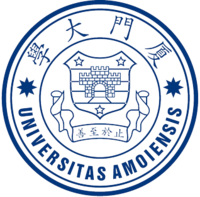

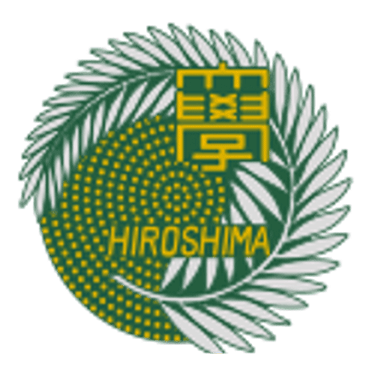
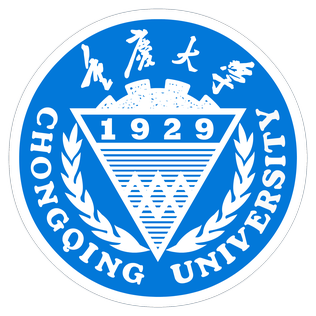
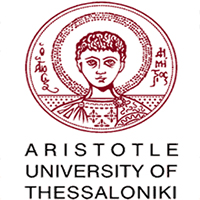
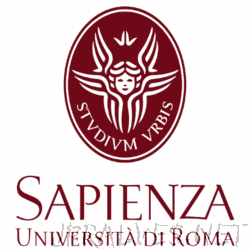
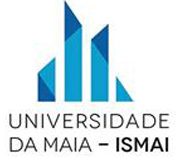



Associated professor of Architecture and Urban Design, Civil Engineering and Computer engineering Department, The University of Rome “Tor Vergata”.

Professor at the Urban Planning Department of Architecture, Polytechnic School University of Palermo, Italy.
Marwa Eid
Conference Coordinator
[email protected]
(+20) 3 5763827 | (+20) 3 5763828
(+20)1000028021
Subscribe to our newsletter
Join IEREK community